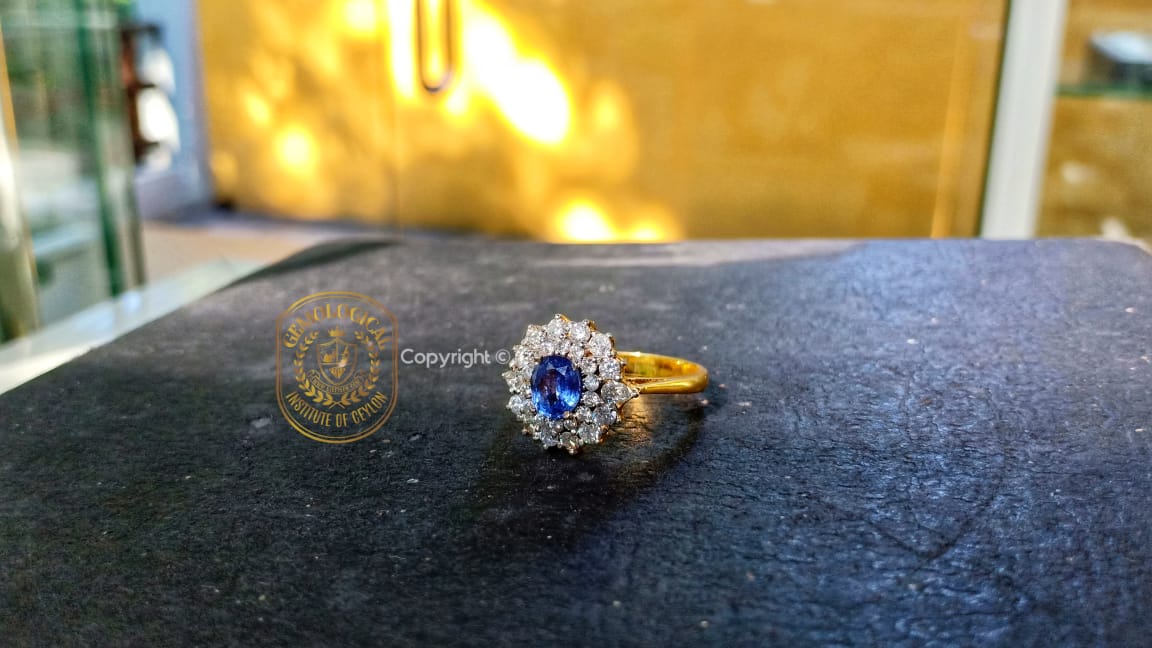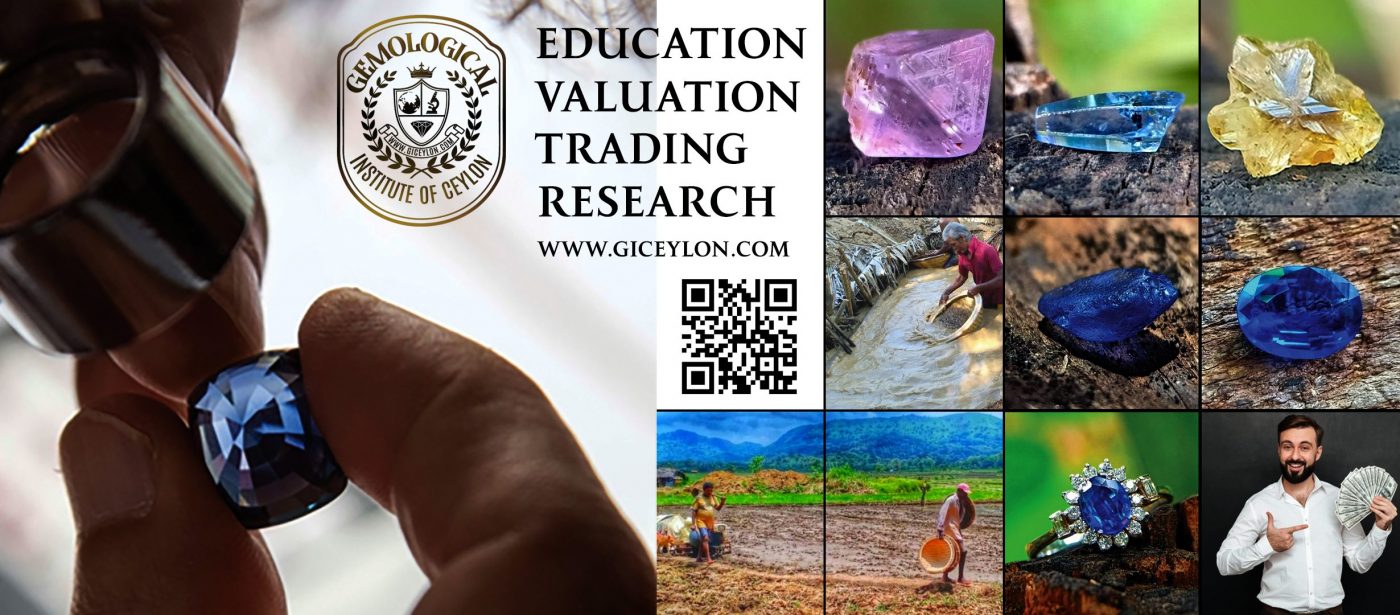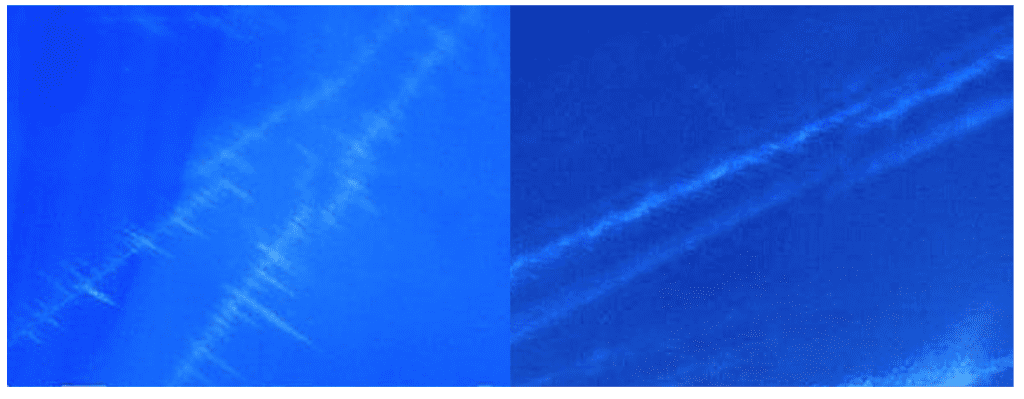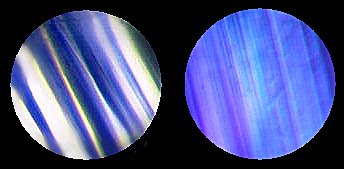Education
Sapphire
| Name | Sapphire |
| Is a Variety of | Corundum |
| Varieties | Color Change Sapphire, Padparadscha Sapphire, Star Sapphire |
| Crystallography | Hexagonal (trigonal). Crystals common, often barrel-shaped, prisms with flat ends, sometimes bipyramidal; also massive, granular, in rolled pebbles. |
| Refractive Index | 1.757-1.779 |
| Colors | All non-red corundum is considered sapphire. Colorless, white, gray, blue, blue-green, green, violet, purple, orange, yellow, yellow-green, brown, golden amber, peachy pink, pink, black. May show color zoning. |
| Luster | Vitreous to adamantine |
| Polish Luster | Vitreous to subadamantine |
| Fracture Luster | Vitreous |
| Hardness | 9 |
| Wearability | Excellent |
| Fracture | Conchoidal. Frequent parting. |
| Specific Gravity | 3.99–4.10; usually near 4.0 |
| Birefringence | 0.008-0.009 |
| Cleavage | None |
| Dispersion | 0.018 |
| Heat Sensitivity | No |
| Luminescence | See “Identifying Characteristics” below. |
| Luminescence Present | Yes |
| Luminescence Type | Fluorescent, UV-Long, UV-Short, X-ray Colors |
| Enhancements | Heat treatment: common; diffusion treatment (placing a thin blue coating on colorless sapphire): occasional; irradiation (turns colorless gems yellow, orange, or light blue): rare. |
| Typical Treatments | Heat Treatment, Infusion/Impregnation, Lattice Diffusion |
| Special Care Instructions | None |
| Transparency | Transparent to opaque |
| Absorption Spectrum | See “Identifying Characteristics” below. |
| Phenomena | Asterism, color change, chatoyancy. |
| Birthstone | September |
| Formula | Al2O3 + Fe, Ti, Cr, and other trace elements |
| Pleochroism | Very pronounced.
|
| Optics | RI: o = 1.757-1.770; e = 1.765-1.779 (usually 1.760, 1.768); Uniaxial (-). |
| Optic Sign | Uniaxial – |
| Etymology | From the Latin sapphirus for blue. |
| Occurrence | Metamorphosed crystalline limestones and dolomites, as well as other metamorphic rock types such as gneiss and schist. Also, igneous rocks such as granite and nepheline syenite. |
| Inclusions | See “Identifying Characteristics” below. |
Sapphire
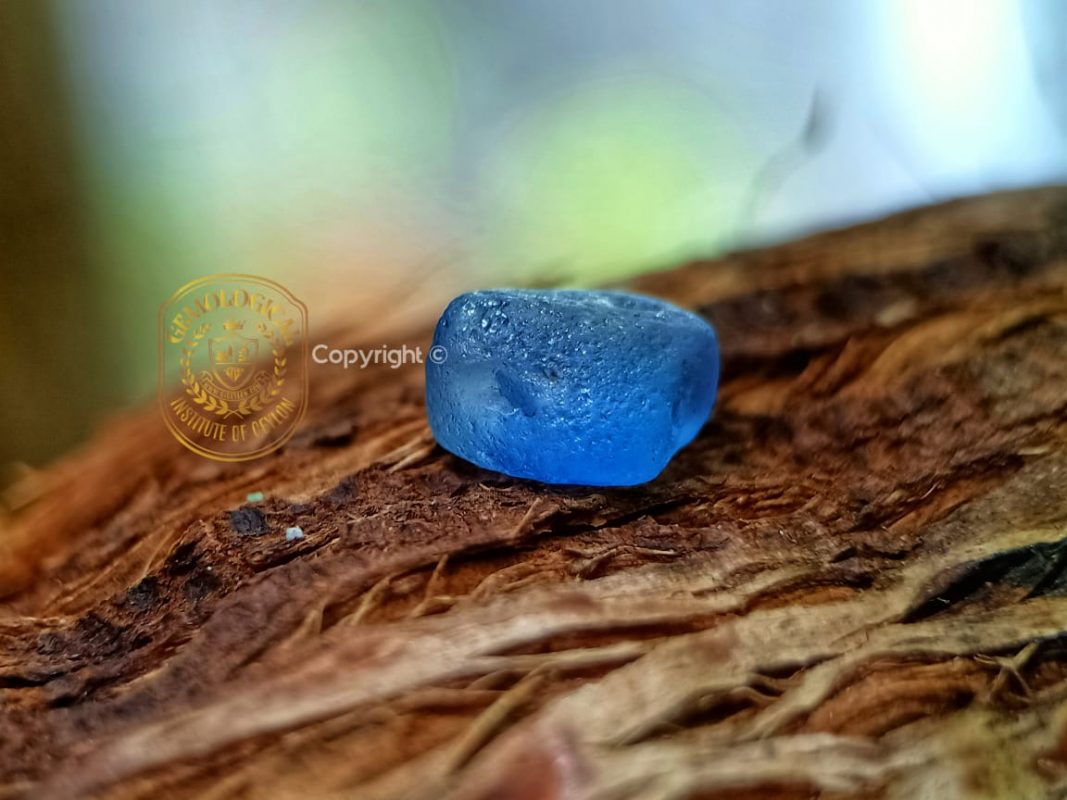
All red, gem-quality corundum gems are considered rubies. All other colors of gem-quality corundum are considered sapphires. On the market, blue sapphires are usually simply called sapphires, while sapphires of other colors are commonly specified as yellow sapphires, pink sapphires, etc, and are collectively known as “fancy sapphires.” However, when discussing the physical and optical properties of sapphires, the term “sapphire” applies to all sapphires regardless of color. Sapphires get their extraordinary colors from trace elements such as iron, titanium, chromium, and others. Traces of vanadium may cause a color change in some sapphires. These sapphires show one color in daylight or fluorescent light and another in incandescent light.
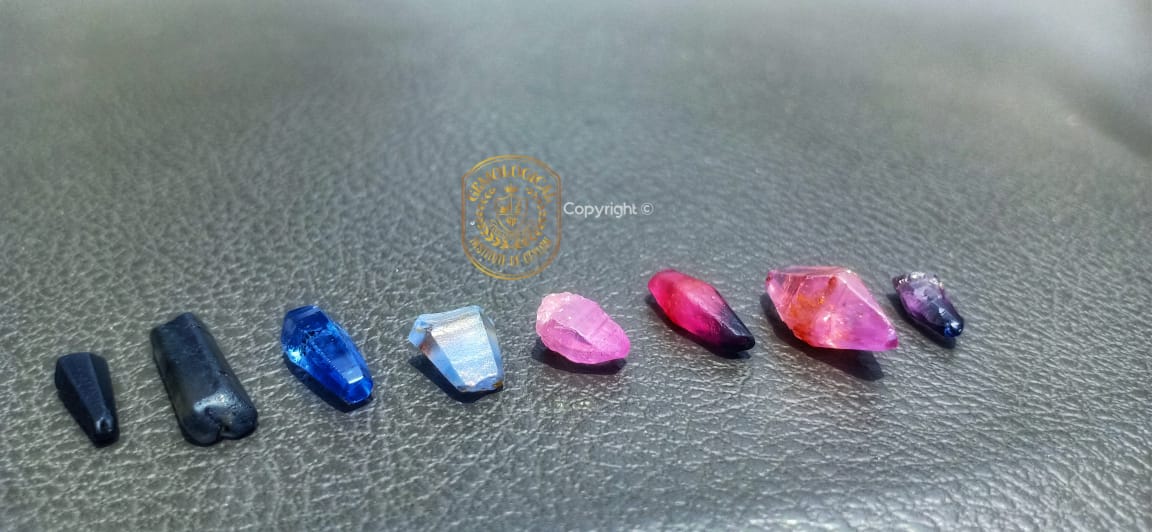
Pink Sapphire or Ruby?
There is some disagreement about the distinction between pink sapphires and rubies. Some authorities classify only corundum gems with a dominant red hue as ruby. Others consider any red corundum, including pink, which is a light tone of red, to be ruby.
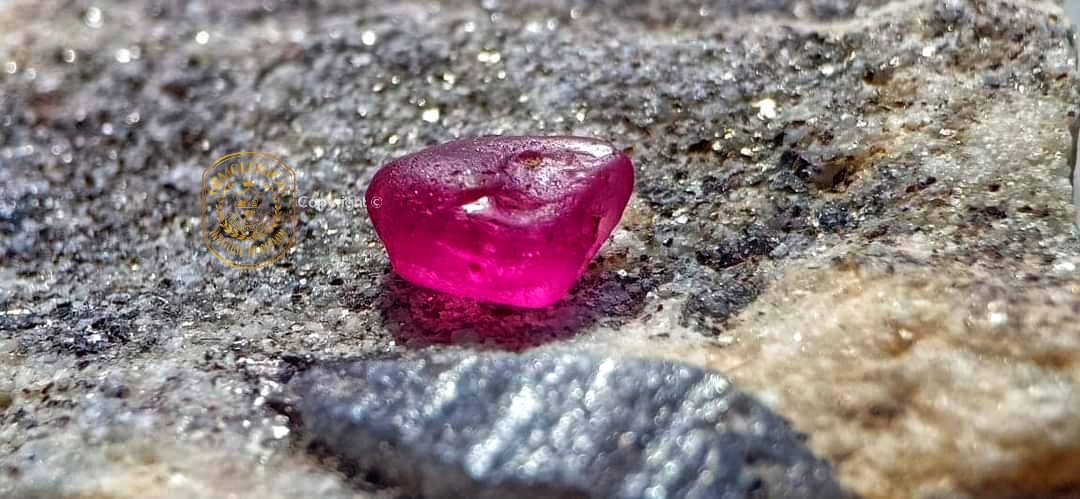
What is a Padparadscha Sapphire?
Debates over colors and definitions extend to padparadscha sapphires, too.
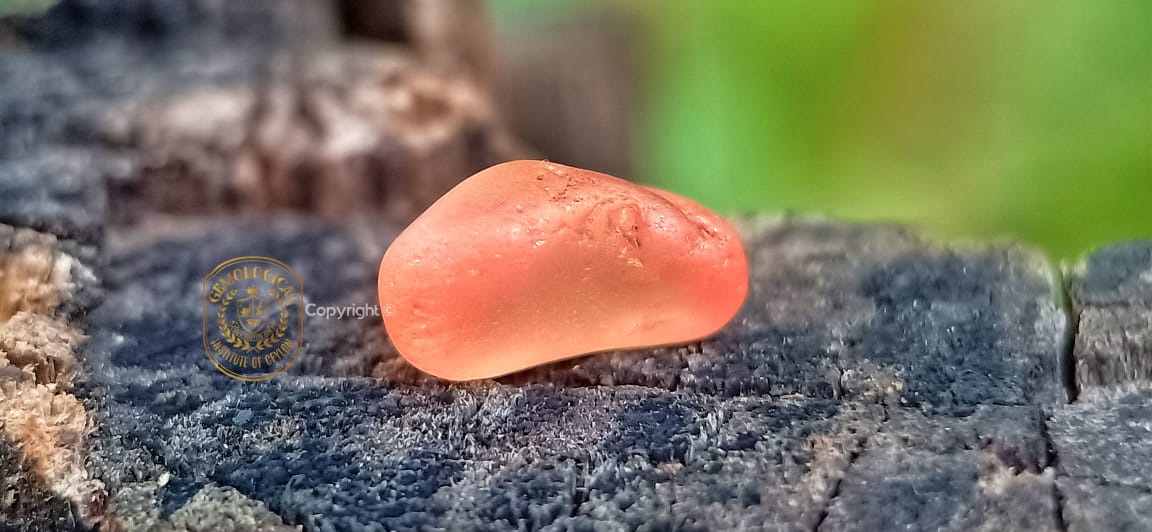
Subjective descriptions of these “lotus-colored” sapphires include “sunset,” “peach,” and “salmon.” The preferred color qualities range from light to medium-tone orange-pink to pink with a slight orange hue to orange with a slightly pinkish hue to a more deeply saturated orange-pink. These preferences also vary between consumers from Eastern and Western countries.
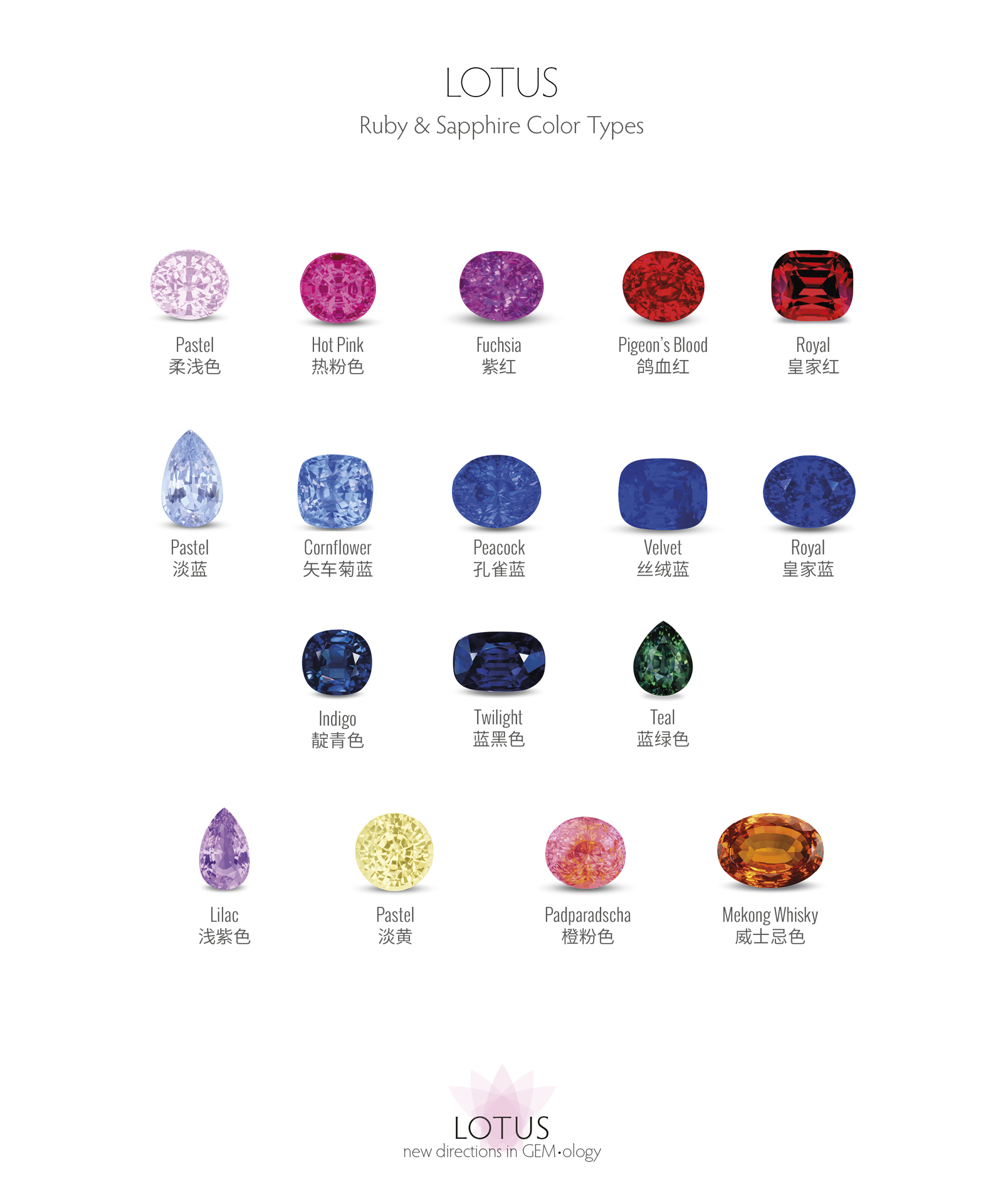 The Lore and Lure of Sapphires
The Lore and Lure of Sapphires
For centuries, sapphire has been popularly associated with royalty and said to protect against poison and fraud. Star sapphires have also been associated with the power to divine the future. However, ancient references to sapphires may actually refer to lapis lazuli, another striking but gemologically distinct blue stone.
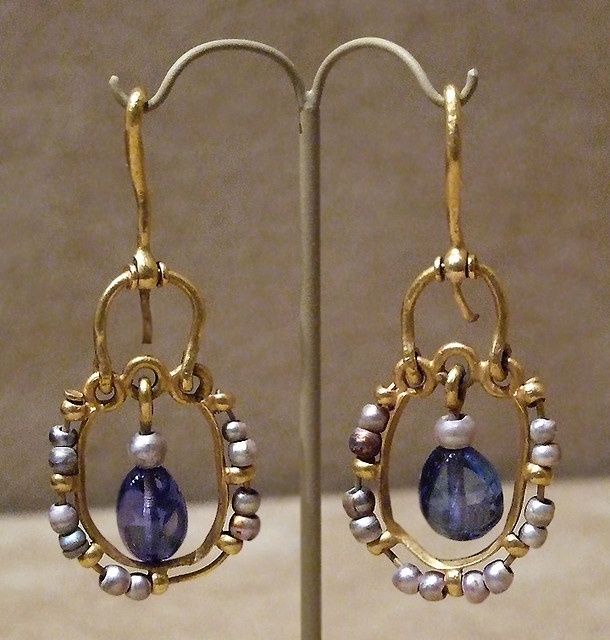
Kashmir Sapphires
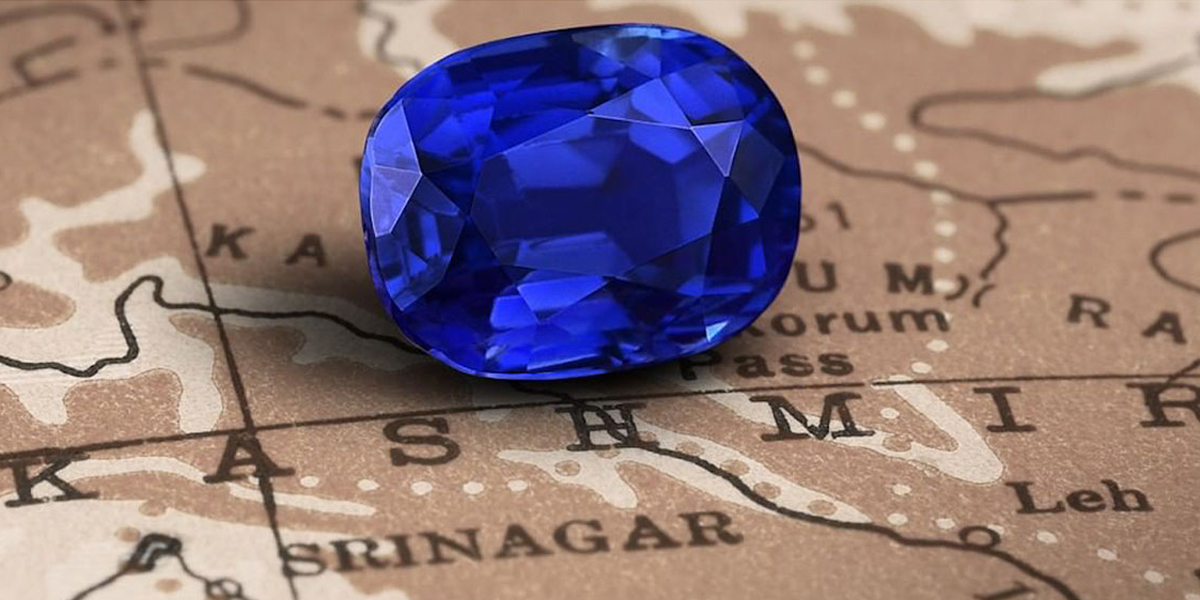
The most highly prized sapphires come from Kashmir. High in the Himalayas, these stones could only be found a few months out of the year. However, these sources are now exhausted. Kashmir sapphires are special. In addition to their fine color, what sets them apart from all others is their very fine silk inclusions. These scatter light and give the stone a soft, velvety appearance. It creates a glow that, at the same time, minimizes extinction. This effect is only seen in one other stone: Myanmar ruby. Kashmir sapphires have a price structure all their own. Many sapphires are said to have “Kashmir color” or are called Kashmir due to their color. However, simply having fine color isn’t enough to prove its origin. Fortunately, Kashmir sapphires have a variety of features that make them easy to distinguish. Kashmir is the only place where tourmaline and corundum are found together. Although you’ll rarely see tourmaline inclusions in a finished sapphire, it often shows up on the rough or associated matrix.
Silk Inclusions
The most visible feature of Kashmir sapphires is their silk. It’s much finer than that seen in other sapphires. Its appearance is usually muted, rather than sharp and clear. This is what is known as being “velvety.” The first picture below shows the traditional fine, or velvety, silk as well as a “streamer” effect. (However, in this concentration, it will affect the clarity of the gem). In the second picture, the silk is much lighter but still soft in texture. Occasionally where the silk crosses, you’ll get “snowflakes” as seen in the third picture.
Silk can take on other distinctive appearances. The silk pattern in the picture below left is called “leather.” The sideways markings are what distinguish leather. The picture below right shows parallel streamers. When alone like this, they’re often called “comet tails.”
Distinctive Kashmir Sapphire Features
While Kashmir stones have typical sapphire inclusions, they may also contain unique, elongated zircon crystals. Some of them are much more extreme in length than pictured here. These and other inclusions often have streamers.
Another identifying feature is extreme color zoning. You can usually see colorless bands between the blue. This feature alone wouldn’t be sufficient to make a positive identification, but in combination with any of the above features, it’s a strong indication.
Identifying Characteristics
Sapphires are highly prized jewelry stones. Determining their geographic origin and whether they’re natural or lab-grown is critical. Fortunately, examining their inclusions, luminescence, and absorption spectra can reveal clues.
Inclusions
Sapphires have some characteristic inclusions that can help distinguish them from other natural gems. See the section on corundum in our article on inclusions of specific gemstones. Inclusions can also help identify the source of sapphire.
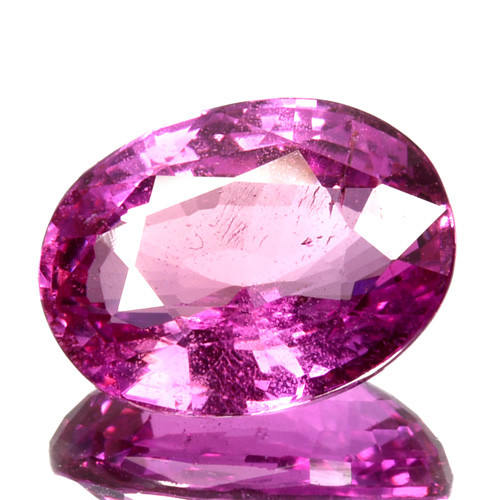
Hot pink, oval step-cut Sri Lankan sapphire, with a fingerprint (healed fracture) inclusion.
Some inclusions can also help identify a lab-made gem. For example, curved striae are found only in synthetic sapphires and rubies, never natural ones.
Star Sapphires
Sapphires can display asterism or the “star effect” due to rutile inclusions in their hexagonal crystal matrix. If this rutile is sufficiently abundant and precisely arranged, proper cabochon cutting can create six-rayed star sapphires.
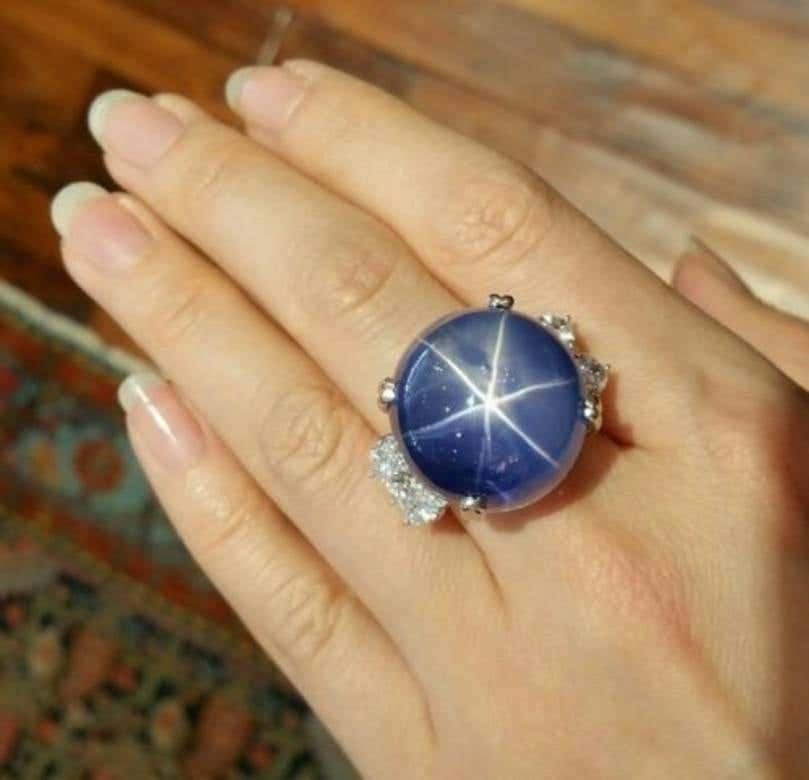
Trapiche Sapphires
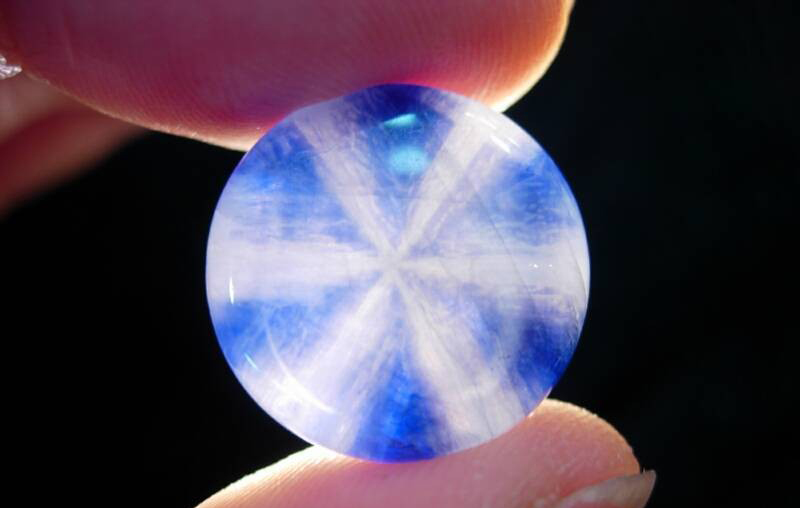
Some sapphires can show a star-like “spoked wheel” pattern. However, these aren’t star sapphires.
Known as trapiche gems, these rare sapphires develop with carbonaceous inclusions between their crystal growth sectors, which look like the spokes of a wheel. Since sapphires have a highly symmetrical hexagonal crystal habit, trapiche sapphires can show six distinct spokes. Lapidaries can highlight the unusual appearance of these sapphires with slices or cabochon cuts. Trapiche emeralds are perhaps the best-known examples of these gems, but other types of gemstones can develop this pattern, including aquamarines, garnets, rubies, spinels, and tourmalines.
Luminescence
Natural Blue Sapphire Fluorescence
Typically, natural blue sapphires have no reaction to ultraviolet light (UV). However, there are some notable exceptions:
- Some blue Thai sapphires fluoresce weak greenish-white in shortwave (SW) UV.
- Sri Lankan blue sapphires may fluoresce red to orange in longwave (LW) UV and light blue in SW.
- Blue color-change sapphires may show a weak, light red fluorescence in SW.
- Some African blue sapphires may show moderate to strong orange fluorescence in SW.
- Heat-treated blue gems sometimes fluoresce chalky green in SW.
Natural Fancy Sapphire Fluorescence
- Green sapphires: inert.
- Black sapphires: inert.
- Sri Lankan yellow sapphires: fluoresce a distinctive apricot color in LW and X-rays, and weak yellow-orange in SW. The fluorescence in LW is proportional to the gem’s depth of color.
- Pink sapphires: strong orange-red in LW, weaker color in SW.
- Violet or alexandrite-like sapphires: strong red in LW, weak light red in SW.
- Colorless sapphires: moderate light red-orange in LW.
- Orange sapphires: a strong orange-red in the presence of LW.
- Brown sapphires: usually inert or weak red in LW and SW.
- Natural color-change sapphires: inert to strong red in LW, inert to moderate red to orange in SW.
Synthetic Sapphire Fluorescence
Some lab-created sapphires, both blue and fancy colors, can show different luminescent colors than their natural counterparts. This can help gemologists distinguish synthetics from mined gems.
- Blue sapphires (synthetic): weak to moderate, chalky blue to yellow-green in SW.
- Orange sapphires (synthetic): very weak, orange to red in SW.
- Color change sapphires (synthetic): moderate orange to red in LW and SW, may fluoresce red in LW, and mottled blue in SW.
- Brown sapphires (synthetic): inert to weak red in LW and SW.
- Green sapphires (synthetic): weak orange in LW, dull, brownish-red in SW.
- Pink sapphires (synthetic): moderate to strong red or orange/red in LW, moderate to strong reddish-purple in SW.
- Violet sapphires (synthetic): strong red in LW, strong greenish-blue in SW.
- Colorless sapphires (synthetic): inert to weak blueish white in SW.
- Yellow sapphires (synthetic): very weak red in SW.
X-Ray Fluorescence
Some sapphires from Sri Lanka, Montana, and Kashmir glow dull red or yellow-orange when exposed to X-rays.
Sapphire Absorption Spectrum
The ferric iron spectrum dominates these stones. In green and blue-green gems, rich in iron, there are lines at 4710, 4600, and 4500 in the blue-green region. Also, lines at 4500 and 4600 may seem to merge and become a broad band. These three bands are generally known as the 4500 complex and are very distinctive in sapphires. Some blue Sri Lanka sapphires also show a 6935 red fluorescent line, and the 4500 line is very weak in these gems.
- Lines have rarely seen in Kashmir sapphires. Heat-treated sapphires may show no lines or just at 4500.
- Some flux-grown synthetic sapphires have a faint line at 4500, most not diagnostic.
- Synthetic color change sapphires show line 4740.
- Natural green sapphires show lines at 4500, 4600, and 4700.
- Synthetic green sapphires show lines at 5300 and 6870.
- Natural purple may show a combination of ruby and sapphire spectrum.
- Natural yellow, Australian, 4500, 4600, and 4700.
- Other natural yellow to orange-yellow not diagnostic.
- Yellow and orange line sapphires, 6900, cutoff at 4600. If no iron lines, likely synthetic.
- Orange, if only thin lines in red, the fluorescent line at 6900, and flawless, probably synthetic.
Synthetics and Simulants
Corundum gemstones, both rubies, and sapphires were first synthesized in the early 1900s by a simple flame fusion process. Today, many sapphires on the market are grown in labs. Gemologists need to be familiar with flame fusion as well as Czochralski, flux, and hydrothermal growth processes in order to distinguish natural from synthetic sapphires. Modern laboratory methods can simulate natural formation conditions so closely that colors and even inclusions look extremely natural. Such stones are difficult for all but the most highly skilled professionals to identify as synthetic. Due to the popularity of blue sapphires, other natural blue gemstones may be used to simulate their appearance. Glass, plastic, and other synthetic materials may also be used. Sometimes, they may be misidentified as sapphires, either accidentally or deliberately in order to sell them for higher prices. Although consumers may find some lookalikes difficult to spot, professional gemologists can usually distinguish these gemstones with standard tests. Although blue remains the most well-known and expensive sapphire color, you might also encounter simulated pink and padparadscha sapphires as their popularity increases. Cubic zirconia (CZ) can be manufactured colorless or in almost any color, so it can simulate not only diamonds but also many colored gemstones. The brilliant round-cut CZs in these sterling silver earrings imitate pink sapphires. Photo courtesy of liveauctioneers.com and 3 Kings Auction.
Enhancements
There are numerous treatment methods for sapphires. For details on these processes and how to distinguish them, see our article on corundum treatments.
For decades, milky whitish sapphires from Sri Lanka known as geudas were heated at a high temperature to produce superb blue colors.
Sources
 Sapphires occur abundantly all over the world, but gem-quality sapphires occur much more rarely and in fewer locations. The following are some of the most notable gem sources. Consult our article on identifying the origins of rubies and sapphires for additional sources and information.
Sapphires occur abundantly all over the world, but gem-quality sapphires occur much more rarely and in fewer locations. The following are some of the most notable gem sources. Consult our article on identifying the origins of rubies and sapphires for additional sources and information.
Sri Lanka
This ancient source still produces beautiful sapphires of all colors. Most blue sapphires on the market originate from here, too. These gems tend to show slightly grayish to violet-blue hues and have a light to medium tone.
Kashmir
Kashmir stones set the standard for evaluating blue sapphires. Verified historic Kashmir sapphires can sell for astronomical prices. They have a velvety texture and their colors tend towards slightly purplish blue, with strong to vivid saturation and medium to medium-dark tone. Review the section on Kashmir sapphires above for more information.
Australia
Australian sapphires tend to have dark colors, although some very fine gems have come from the area. Also of interest are the particolored sapphires which are usually yellow and green or yellow and blue.
Myanmar
Formerly known as Burma, Myanmar produces some very high-quality sapphires. The colors are slightly violet-blue, highly saturated, medium to medium-dark tone.
Thailand
This nation produces blue sapphires abundantly. Their hue and saturation tend to be fine, although many are strongly dichroic, with a dirty green in one direction. Unless properly cut, the green will show in the finished stone. The stones are also very dark, requiring special cutting to show the color.
Montana
This American state produces sapphires of all colors. Unfortunately, most of them are “steely,” meaning they have grayish saturation. The sapphires from Yogo Gulch are an exception, with some of the world’s finest coloring. However, these small stones rarely finish over one carat.
Stone Sizes
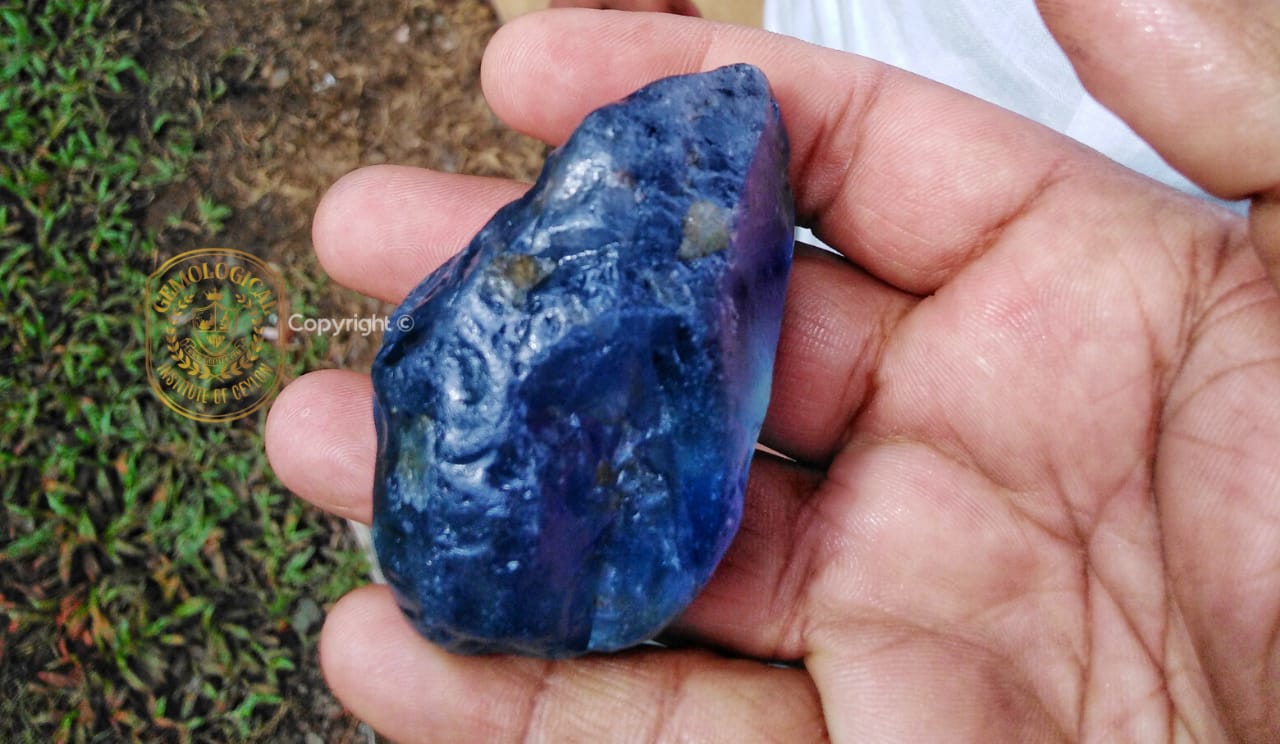
- Smithsonian Institution (Washington, DC): 423 (blue, Sri Lanka, “Logan Sapphire”); 330 (blue star, Myanmar, “Star of Asia”); 316 (blue, Sri Lanka, “Star of Artaban”); 98.6 (deep blue, “Bismarck Sapphire”); 92.6 (yellow, Myanmar); 67 (black star, Thailand); 62 (black star, Australia); 42.2 (purple, Sri Lanka); 16.8 (green, Myanmar)
- Private Collection: “Black Star of Queensland,” oval, found in 1948, 733 cts, world’s largest black star. A yellow crystal of 217.5 carats was found in Queensland, Australia in 1946.
- Natural History Museum (Paris): the “Raspoli,” 135-ct brown sapphire, lozenge-shaped rough, clean.
- Tested by the GIA: 5,600-ct sapphire cabochon; Montana blue sapphire, cushion-cut, 12.54 cts, believed largest stone from this locality.
- Diamond Fund (Moscow): 258.8 (blue), fine, lively gem.
- Royal Ontario Museum (Toronto, Ontario): 179.4 (golden yellow, Sri Lanka); 28.6 (Padparadscha, Sri Lanka); 43.95 (greenish yellow, Sri Lanka); 193.3 (blue star sapphire).
- In 1929, the British mission to Burma (Myanmar) saw a 951-ct sapphire, which may be the largest ever found there.
- American Museum of Natural History (New York): 536 (blue, “Star of India”); 116 (blue, “Midnight Star”); 100 (yellow, Sri Lanka); 100 (Padparadscha, very fine, Sri Lanka); 163 (blue, Sri Lanka); 34 (violet, Thailand).
- Iranian Crown Jewels: Hollow rectangular cabochon of 191.6 carats; oval, yellow gem of 119 carats. Also fine Kashmir blue oval, nearly clean, 75 carats.
Not surprisingly, some sapphires have become well-known for their sizes as well as their histories. You can learn more about the Logan Sapphire, the Star of India, the Bismarck Sapphire, and other famous sapphires here.
Sapphire Trade Names
Please note: you may find these names used purely as descriptive terms. Sapphires can’t always be identified by their color alone. Always confirm the origin of sapphire with a vendor, especially if the gem is sold with a “geographic” name. Ask if the name refers to the actual origin or simply the color.
- Adamantine spar: brown, usually opaque but may be translucent to transparent.
- African: usually light in tone.
- Australian: usually very dark, some yellow and green particolored.
- Burma or Oriental: slightly violet-blue, highly saturated, medium to medium-dark tone.
- Cashmere or Kashmir: velvety, slightly purplish blue, strong to vivid saturation, medium to medium-dark tone.
- Ceylon or Sri Lanka: light to medium tone, slightly grayish to violetish blue.
- Geuda: milky stones from Sri Lanka that can turn blue as well as yellow or orange when heated.
- Montana: all colors, usually light to medium tone, grayish saturation.
- Padparadscha: “lotus flower” color, pinkish orange.
- Thai or Siamese: dark blue.
Yellow sapphire is sometimes misleadingly referred to as “Oriental Topaz” or “King Topaz.” Green sapphire is sometimes misleadingly referred to as “Oriental Emerald.” Purple sapphire is sometimes misleadingly referred to as “Oriental Amethyst.” Since these sapphire colors are less well-known, vendors might try to present them as gems more commonly and strongly associated with yellow, green, or purple, for example. Consult our list of false or misleading gemstones names for more information.
Sapphire Care
Sapphire’s hardness is second only to diamond among natural gems. It also has no cleavage planes. This makes it a superb jewelry stone. Of course, a heavily included or fractured stone will be less stable. For reasonably clean stones, no special wear or care precautions are necessary. However, avoid cleaning any oil-treated sapphires with ultrasonic systems. Otherwise, you can clean sapphires with mechanical systems. Nevertheless, cleaning your sapphires at home with warm water, detergent, and a soft brush or taking them to a professional jeweler are your safest choices.
